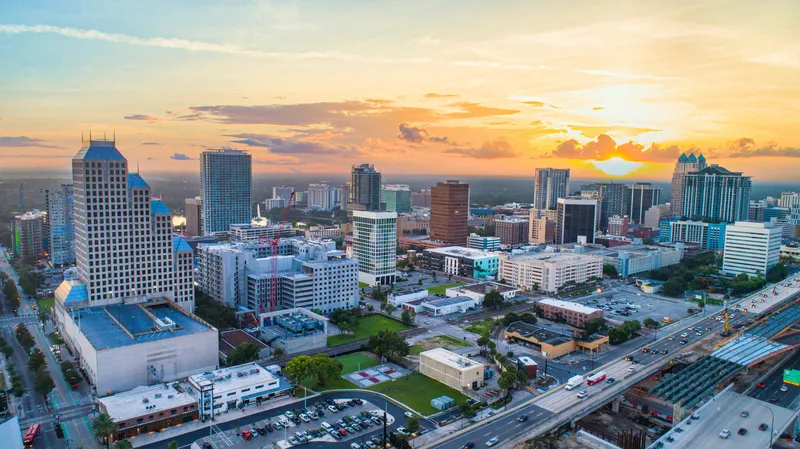A novel concept aimed at boost road funding is being introduced by the Ohio Department of Transportation (ODOT). The new ODOT programme is aimed at generating millions in new revenue for reinvestment into highway funding. The scheme will permit advertising and sponsorship opportunities at interstate rest areas and welcome centres throughout Ohio. ODOT says it is seeking competitive bids for the Sponsorship, Maintenance, and Advertising Revenue Tartgeted (SMART) programme.
May 22, 2012
Read time: 3 mins
A novel concept aimed at boost road funding is being introduced by the Ohio Department of Transportation (ODOT). The new ODOT programme is aimed at generating millions in new revenue for reinvestment into highway funding. The scheme will permit advertising and sponsorship opportunities at interstate rest areas and welcome centres throughout Ohio. ODOT says it is seeking competitive bids for the Sponsorship, Maintenance, and Advertising Revenue Tartgeted (SMART) programme. Money generated from the SMART programme will help ODOT offset a portion of the US$30-$50 million the agency spends/year to maintain the state’s 101 rest areas. Annual rest area maintenance costs include paying utility bills, as well as mowing grass, resurfacing parking lots, improving buildings and paying for janitorial and housekeeping services. “This new programme will help do two things: reduce the amount of money ODOT spends on rest area maintenance and generate new money we can use to pay for some of the major construction projects communities have told us they want,” said ODOT director Jerry Wray. “Launching the SMART programme demonstrates that ODOT is serious about thinking outside the box and seeking innovative and alternative funding sources to pay for road construction in Ohio.”
This is the first major initiative ODOT has announced since it launched the Division of Innovative Delivery earlier this year. The department is exploring options to unlock the revenue potential of the Ohio Turnpike and non-interstate rest areas, in addition to developing a program to generate millions of dollars for the sponsorship and naming rights of certain state-owned assets such as bridges, interchanges and sections of highway. The division is also exploring PPPs to expedite the construction of some of the state’s largest construction projects. These include the second Innerbelt Bridge in Cleveland, the Brent Spence Bridge in Cincinnati, the Portsmouth Bypass in Scioto County and an interchange for .S Route 36 and SR 37 on I-71 in Delaware County.
The need for the new funding streams is apparent and in January, ODOT announced a $1.6 billion budget hole that forced the department to push back by decades some of the state’s largest construction projects. Since then, ODOT has initiated a complete review of all current and future transportation projects to identify those that could be candidates for PPPs, and has sought to identify additional sources of revenue to aid in the funding of major transportation projects throughout the state. Details of the review are expected later this year.
This is the first major initiative ODOT has announced since it launched the Division of Innovative Delivery earlier this year. The department is exploring options to unlock the revenue potential of the Ohio Turnpike and non-interstate rest areas, in addition to developing a program to generate millions of dollars for the sponsorship and naming rights of certain state-owned assets such as bridges, interchanges and sections of highway. The division is also exploring PPPs to expedite the construction of some of the state’s largest construction projects. These include the second Innerbelt Bridge in Cleveland, the Brent Spence Bridge in Cincinnati, the Portsmouth Bypass in Scioto County and an interchange for .S Route 36 and SR 37 on I-71 in Delaware County.
The need for the new funding streams is apparent and in January, ODOT announced a $1.6 billion budget hole that forced the department to push back by decades some of the state’s largest construction projects. Since then, ODOT has initiated a complete review of all current and future transportation projects to identify those that could be candidates for PPPs, and has sought to identify additional sources of revenue to aid in the funding of major transportation projects throughout the state. Details of the review are expected later this year.







